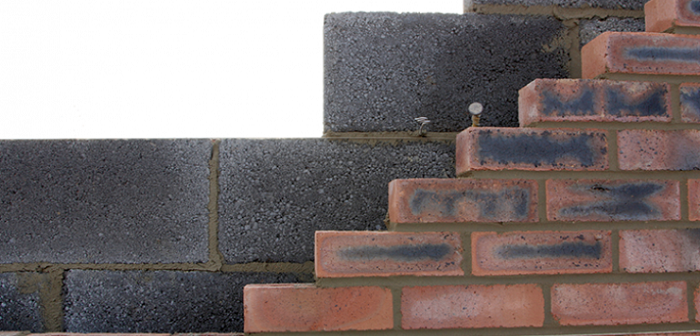Concrete blocks and clay bricks have a lot of differences in the composition and usage that most people are not aware of. Consequently, you find that in some cases the material picked between the two ends up not being suitable for the project in terms of pricing as well as other aspects.
If you are considering putting up a residential house or commercial building here are the differences for concrete blocks and clay bricks for your enlightenment;
The first striking difference between a brick and a block is in the shape, size, and composition. Blocks are mainly made of concrete and are larger in comparison to bricks. They come in both solid and hollow format and are used mainly in load bearing walls where strength is very important.
Also read: Tips on innovation in construction materials
Building professionals considered brick as one of the most environmentally friendly building materials in the market. Bricks are actually a great insulators; heat energy from the sun during the day will be stored and only released for several hours after sunset. This feature makes them suitable for areas with high temperatures. Moreover, they tend to expand after manufacture in the first few years of their life – about 3mm to 5mm over 10 meters of wall length, making it necessary for provision of expansion joints. In general, size, usage, purpose and composition of bricks and blocks make the difference.
Blocks, on the other hand are commonly made from concrete. Block are larger size than brick and are often used as partitions in both interior and exterior applications as well as forming the structure of a building. Most concrete blocks have one or more hollow cavities, and their sides may be cast smooth or with design. To form the wall, concrete blocks are stacked one at a time and held together with fresh concrete mortar.
Finally, as far as painting is concerned, unlike concrete bricks which accept paint relatively well, clay bricks often exude metallic salts in their early years which cause paint to peel off.


very interesting blog! Explained very clearly about the uses and advantages of Concrete bricks. Any one searching for conrete bricks topic must read this blog. very Informartive and thanks for sharing.
Gud one, but I’m looking for any standard for testing of laterite bricks against chemical subjection? Tnx 4 ur published once.
I have been told that you are not supposed to lay concrete blocks and clay bricks together on a same wall because of the different shrinkage is that right
Cement block is better or clay is a topic that can be further expanded
Visit the Beton Aloka site We have published a new article on this topic
which one of the both is more durable in an urban area, where there is a risk of humidity and nitrogen presence in the air due to nearby large drains? durable as well as reliable
Red bricks are bit heavier than AAC bricks but it is strong, durable. Mostly used for making buildings, foundations, bridges, etc. You can also used it in different colors, sizes as you want.
Hy Nita Katume
very interesting article. If you want to see tips on choosing the Indonesian version of brick hebel can be seen here
Thank you
Which is good one clay bricks for ceeforx blocks